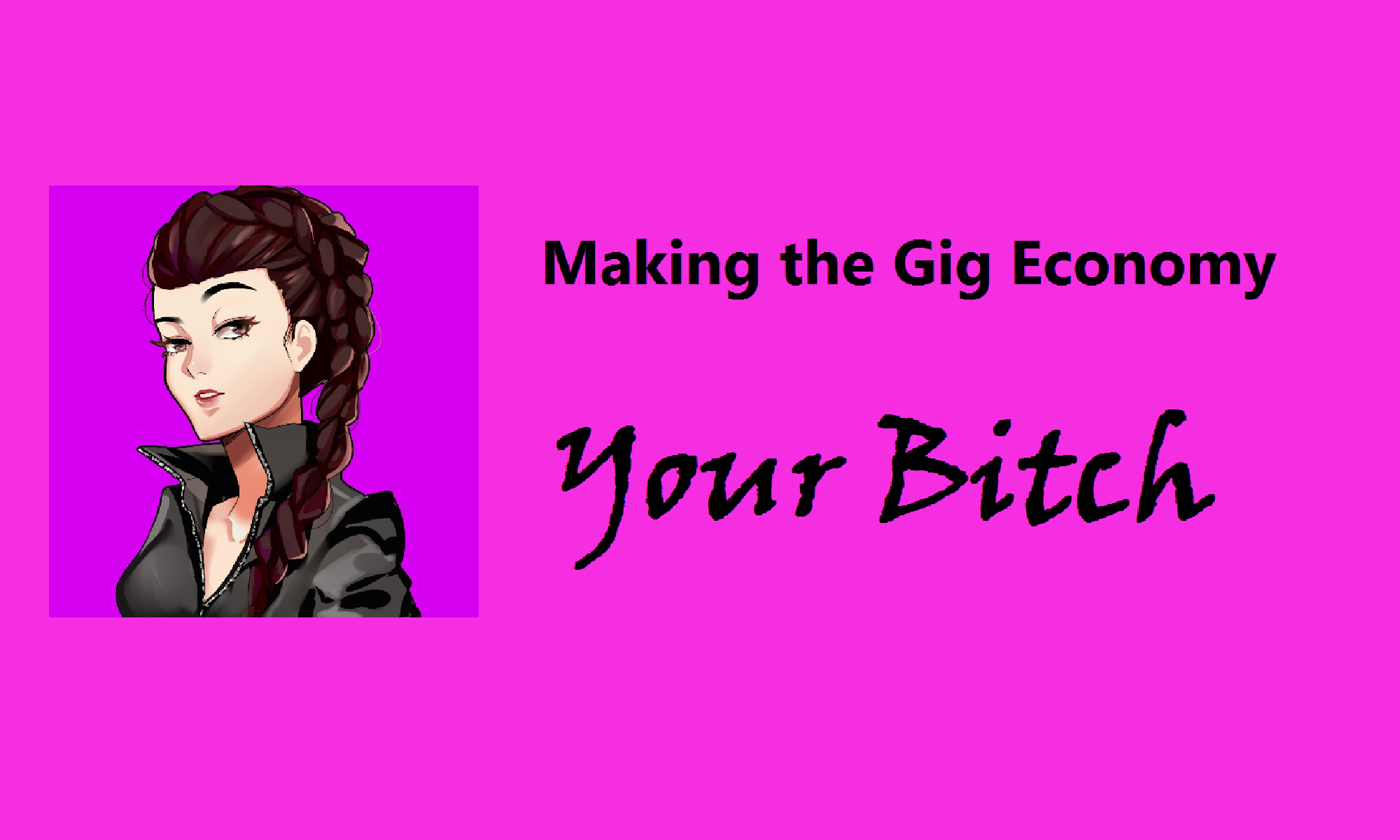Freelancing offers significant advantages, but too many freelancers never see those benefits. While there are sometimes practical obstacles, one of the most common reasons freelancers don’t fully enjoy the freedom the gig economy offers is that they’re unable (or unwilling) to let go of the employee mentality.
We’ve already looked at the importance of running your freelancing business like a business, but didn’t touch on one of the most important aspects: understanding that you are your own boss and acting like it.
Think for a moment about the businesses you frequent. Has your local mechanic ever stayed open all night because you announced at 4:30 p.m. that you needed your car back by 6 a.m.? Has your doctor ever asked how much you’d like to pay for your visit? Has a hotel clerk ever said, “Well, we’re fully booked for tomorrow night, but since you decided at the last minute that you want to stay another night, I’ll just kick someone else out”?
I’ve already explained why I don’t think freelancers should ever ask a potential client what they’re looking to pay, but that’s just one element of a larger problem–freelancers feeling as if they are at the mercy of their clients and prospective clients.
Present Yourself as a Professional
Language matters in establishing the freelancer-client relationship. Consider the very different impressions conveyed by these questions and statements:
“What’s your deadline?” or “When do you need this?” v. “I could get this back to you on Tuesday. Does that work for you?”
“What’s your budget for this project?” v. “My rate for the work you’ve described would be $X.”
Which version sounds more like the professionals you’ve hired?
Of course, that doesn’t mean you can’t negotiate. I’m generally not a fan of negotiating rates, but that’s a personal decision. If a client you want to work with comes back and says, “I’d really like to work with you, but I can only pay $X-10%” and you think that’s still a fair rate and want to move forward, fine. If you want to say, “That’s too low, but I could offer you a 5% discount,” that’s a personal choice. The important thing is that you set the tone for the conversation by presenting yourself as a business with established rates.
Setting Client Expectations
Every day, I see and hear freelancers complaining about clients having unrealistic expectations. Often, those complaints are valid. But, client expectations for your particular business relationship are created during your earliest communications with the client. If your initial email or proposal to the client and your early conversations send the message that you see yourself as an employee–or, worse, at the client’s mercy–the typical client will run with that. Many will take advantage of it.
While many freelancers are hesitant to set reasonable boundaries because they want to keep the client happy, the effect is often quite the opposite. If you haven’t set reasonable expectations, then the client makes up his or her own and then measures your performance by those often-unstated standards.
Expectation Checklist
Different freelancing arrangements will differ depending on the relationship with the client, the field, the freelancer’s experience level, whether the project is short or long-term, and a variety of other factors. Thus, this list may be incomplete.
In the earliest possible interaction, you should advise your client of:
- Your rates
- The date you would be available to start the project
- Your best estimate of the date you will provide a draft or finished product
- Your general availability (work days and hours)
- Turnaround time for emails and phone calls
You know, just like any other business would do.
Will setting boundaries cost you business? Occasionally, yes. Just as you may decide not to buy the newest iPhone because it’s out of your price range or to get your car fixed at a different shop because they can get you in sooner, your pricing and availability won’t work for every client. That’s fine. For the most part, being clear from the outset simply creates a professional relationship without the stress and disappointment of unmet (and sometimes unstated) expectations.
You wouldn’t want to have to guess whether the shoe store was going to be open when you got there, and when you make a customer service request online, you probably appreciate that automated response that tells you when and how a human will get back to you. Your clients also like to know what they can reasonably expect and plan accordingly.
The importance of setting expectations doesn’t end with your basic terms, either. Some additional issues that must be explicitly discussed include:
- The number of revisions (if any) included in your pricing
- How additional revisions will be billed
- What rights are being transferred to the client
- When and how you will be paid
Every job is a little bit different, so these items don’t have to be set in stone. Sometimes, the job posting will address one or more of these points, and if you’re amenable to the terms, you can simply confirm. Sometimes, the client will have a standard. For example, many large companies have a standard process for receiving and paying invoices. Sometimes, these points will be open for negotiation–maybe you typically offer one round of revisions but the client requests two and you’re comfortable with that.
However, it is your responsibility as a professional to ensure that you have explicit agreement on these and any other critical points. Often, the best way to start the conversation and keep it from bogging down is to treat these issues much like you do your rates and availability. For example:
The price quoted includes one round of revisions. Additional revisions are billed at my regular hourly rate of $XBC.
I typically take 50% in advance and the balance within 10 days of completion. When you’re ready to move forward, I will send you an invoice with a link to pay by credit or debit card. I also accept checks and PayPal.
Professionalism Pays
The first step toward encouraging clients to see you as a professional whose time and work has value is to see yourself that way. When you act like a confident professional and present your terms like a business, you’re setting the stage for your client to see you as a peer in a business to business relationship, rather than an off-the-books employee. That increases the likelihood that the client will value your judgment and expertise, respect your time, make timely payments, and generally show professional consideration in your dealings. But, to effectively present yourself as a colleague and resource rather than a would-be employee, you must recognize the value of your own services and think of yourself as a businessperson.

